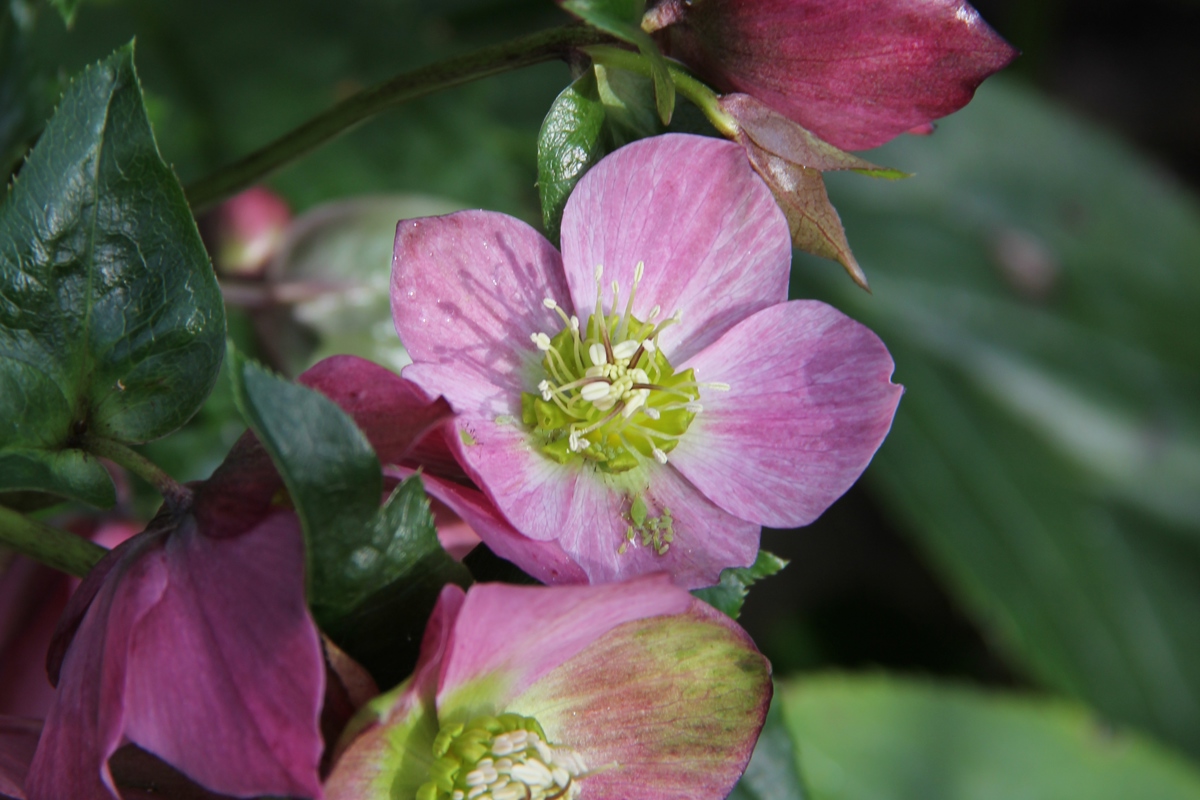Physical characteristics
A
Flowers and foliage
Beautiful nodding, single or double flowers in
Preferred site
Hellebores perform best in semi-shade and in fertile, well-drained soil.
Preparation for planting
Always choose healthy well-grown
Maintenance tips
Apply an organic mulch
Pests and diseases
Susceptible to aphids, rot and
Location at Auckland Botanic Gardens
Camellia Garden




.jpg?width=1200&height=1200&v=1d4024dceb89e50)

.jpg?width=1200&height=1200&v=1d5569224d63650)
 .jpg?width=1200&height=1200&v=1d4024df6ce2770)
.jpg?width=1200&height=1200&v=1d55676a892f2b0)
 .jpg?width=1200&height=1200&v=1d4024e3b65f7f0)